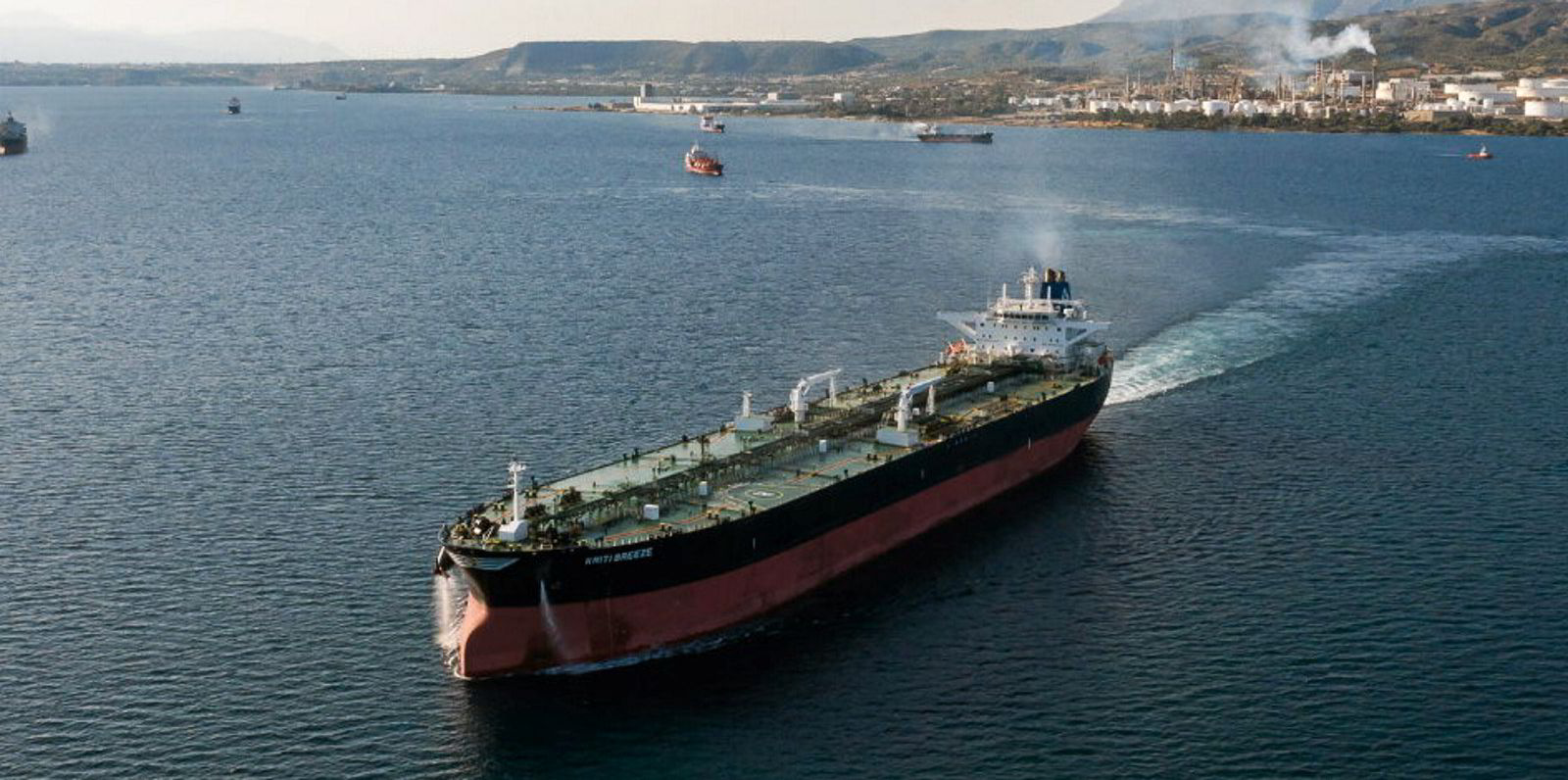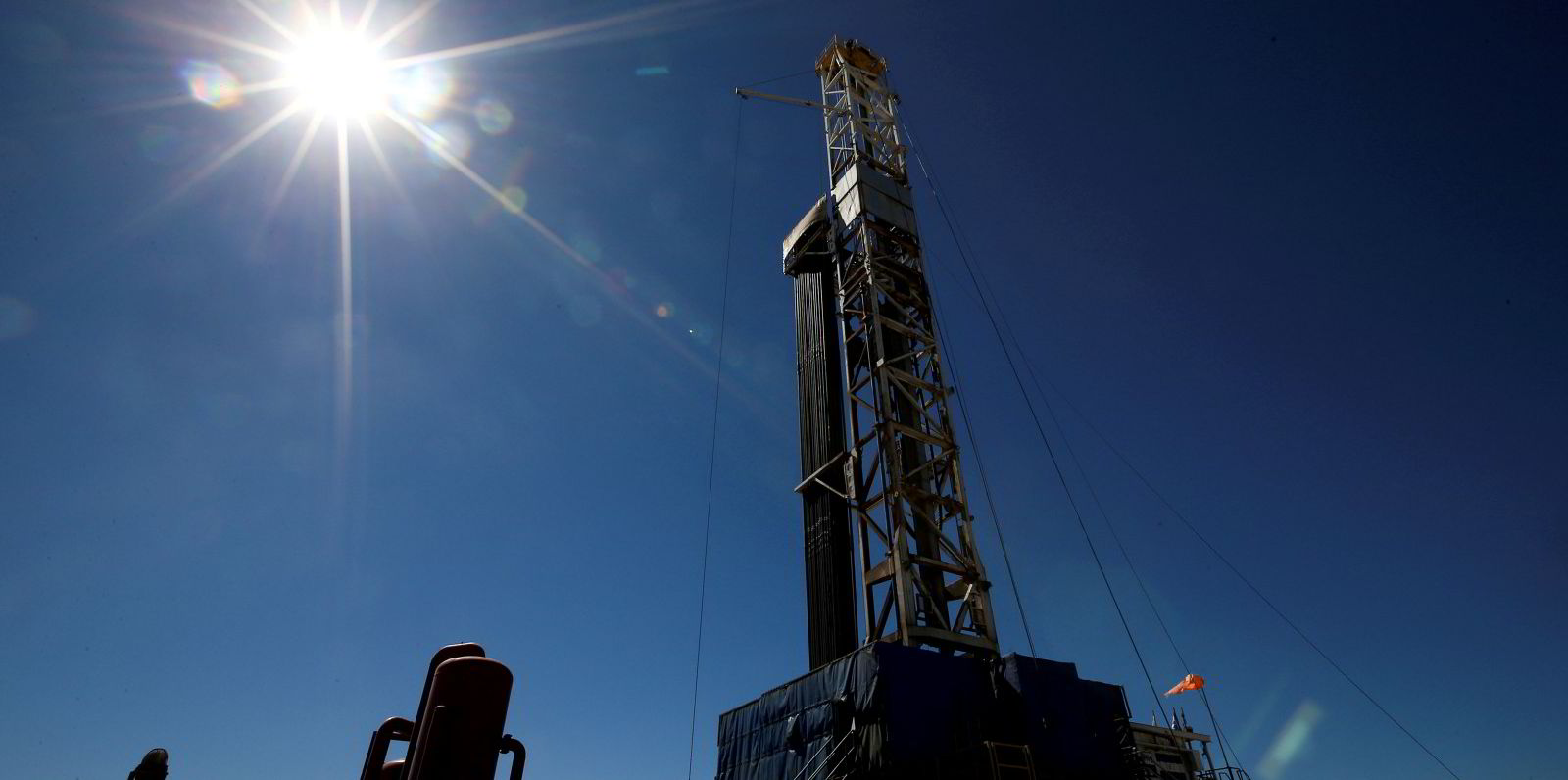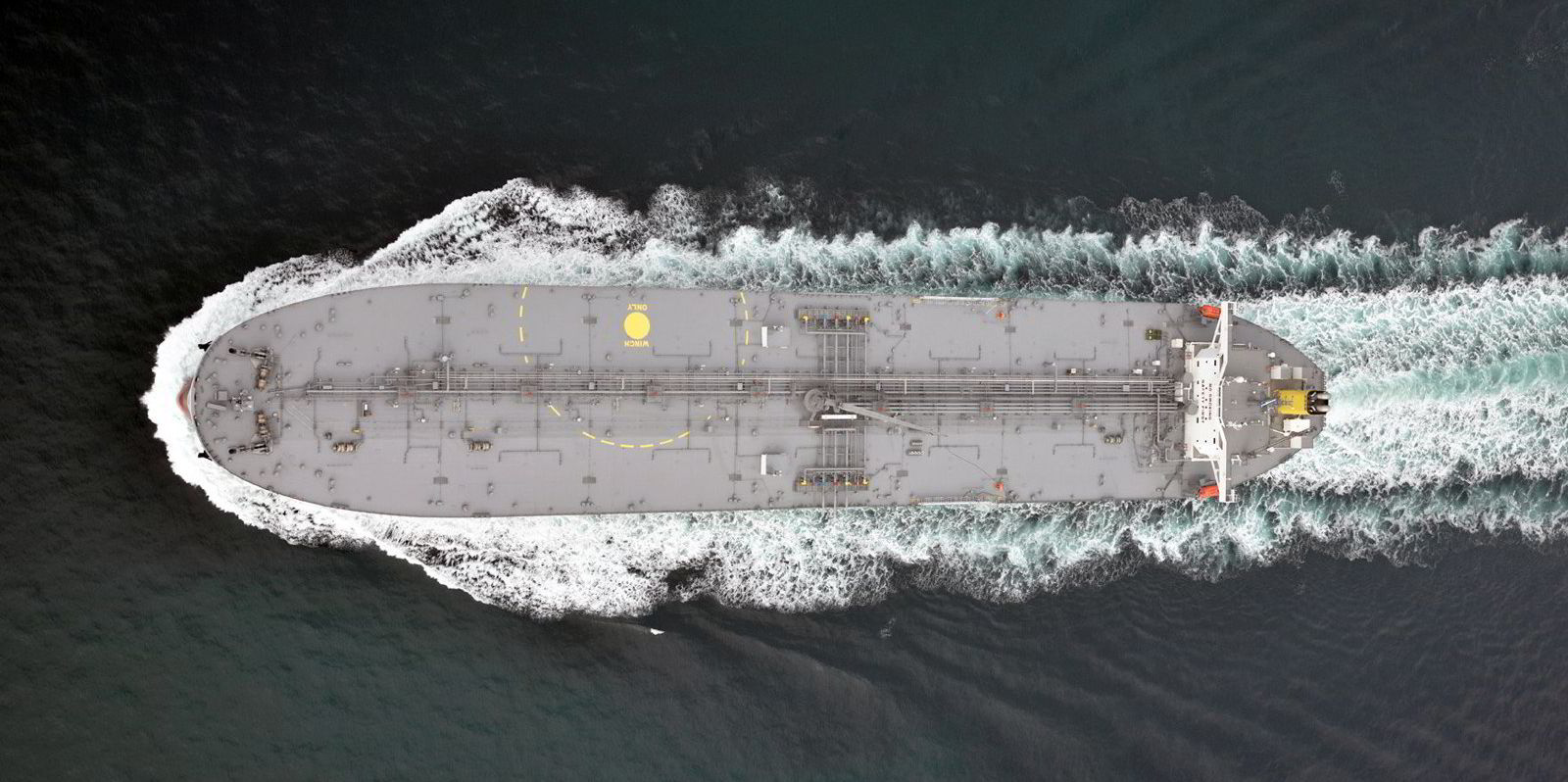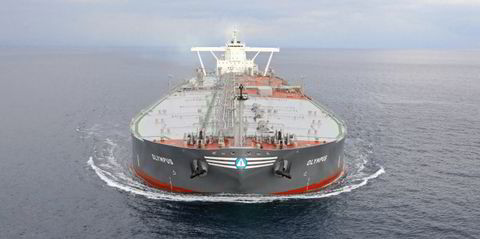Gibson Shipbrokers has identified an unusually named and often overlooked Argentinian shale oilfield as a potential source of extra tonne-miles for tankers.
Vaca Muerta — dead cow in Spanish — is the world's second-largest commercial shale formation, with an estimated 1.6bn barrels of crude and 308trn cbf of associated natural gas.
Argentina's crude export volumes have been limited in recent years following the collapse in oil demand linked to Covid-19, poor export infrastructure and an unfavourable business environment compounded by macroeconomic instability, according to Gibson.
But it said improving energy market fundamentals and increased investment could boost domestic crude and natural gas production.
Any increase in crude exports loading out of Argentina would be positive for suezmaxes and aframaxes and provide additional support for the Atlantic tanker market, the company added.
"However, these rising production volumes are still from a relatively low base compared to alternative load areas such as Brazil and West Africa," it said.
Still a long way to go
"Likewise, Argentina would need to build up and maintain a decent and stable quantity of crude exports for Atlantic tankers to benefit over the long term. Despite these positive improvements, Argentina still has a long way to go in realising its export potential."
Vaca Muerta was named by a US geologist in 1931, possibly because of its shape on a map.
The field has just 45 active rigs, but this number is set to expand in the coming months as the global demand picture improves.
A key benefit for operators is access to the latest shale technology pioneered in the US market at a time of rising efficiency and well productivity, the UK shop argued.
Exact production breakeven levels are unknown, but estimates by Rystad Energy place them in line with US shale.
Gibson posits a reasonable breakeven cost for Vaca Muerta in the range of $30 to $40 per barrel, when considering the less developed nature of production in the country.
Based on this assumption, oil firmly above $80 should produce positive net cash flows after accounting for the required capital expenditure to raise output.
Oil production at Vaca Muerta hit a record 124,000 barrels per day last December, according to Rystad.
Potential for LNG exports

The field also has significant LNG potential, Gibson believes, and rising gas prices should help unlock additional investment in the required facilities, such as gas pipelines to transform Argentina into a larger LNG exporter.
"However, this would require a much higher level of investment to finance expensive LNG export infrastructure," the broker said.
"In both cases, Argentina would need to embark on a programme of major reform to create a business environment receptive of international investment based on transparency, clear rules and stability."
The field has taken nearly a century to really get going, with its first export cargoes of LNG in 2019, and oil just last year.






